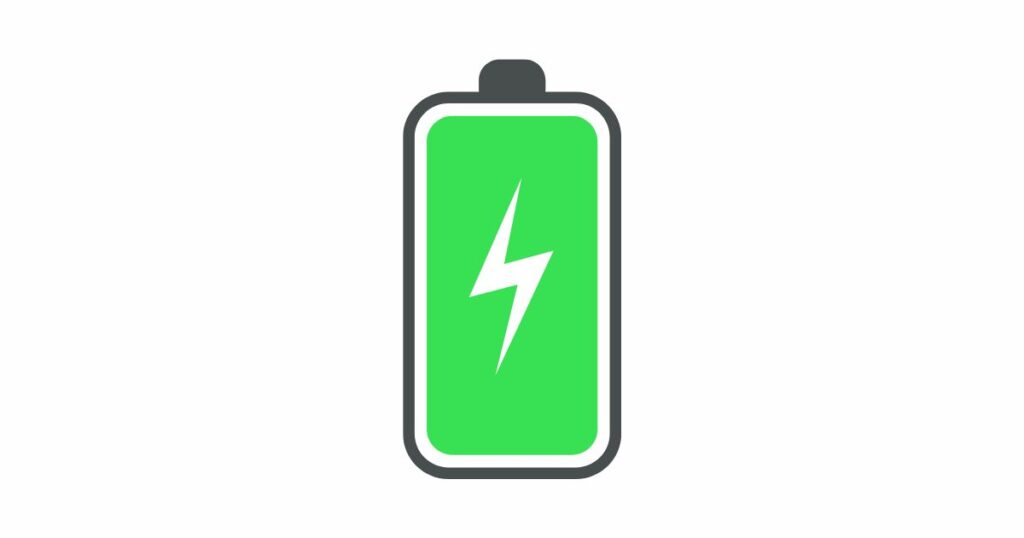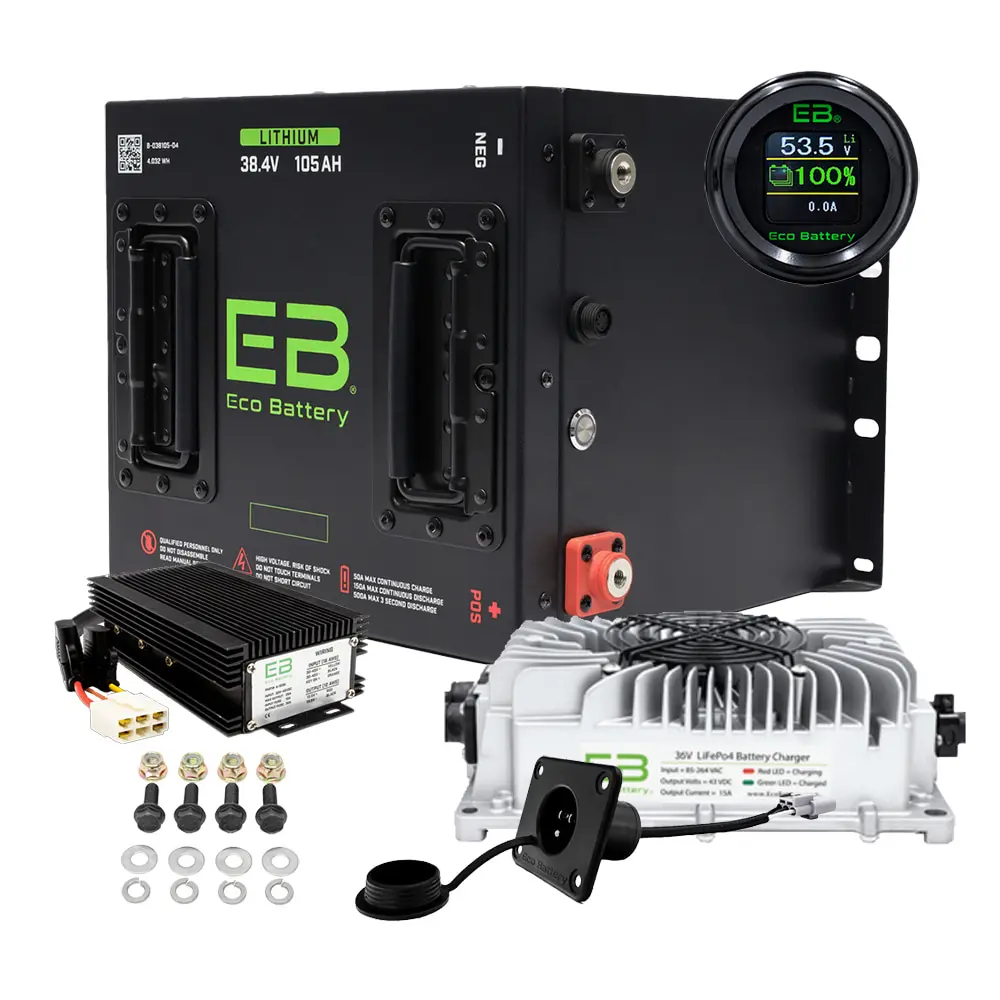Your golf cart batteries are the heart of your ride, powering every exhilarating trip around the course or through your neighborhood. Just like any vital organ, they need proper care to stay healthy and strong. Neglecting your batteries can lead to sluggish performance, reduced range, and ultimately, a hefty bill for replacements.
But here’s the good news: with a little proactive maintenance, you can significantly extend the lifespan of your golf cart batteries, keep them running at peak performance, and avoid those unexpected expenses. By following some simple best practices and staying attentive to their needs, you’ll ensure your cart is always ready to roll when you are.
This guide will walk you through everything you need to know to keep your golf cart batteries in top shape, from charging techniques and regular maintenance to long-term care and troubleshooting common problems. Let’s dive in and empower you to become a battery care pro!
Charging Best Practices

Proper charging is the cornerstone of golf cart battery maintenance. Here’s how to get it right:
Frequency
The golden rule of golf cart battery charging is consistency. Always charge your batteries after each use, even if you’ve only driven a short distance. This might seem unnecessary, but it’s crucial for preventing sulfation, a process that can reduce battery capacity and lifespan. Think of it like refueling your car – you wouldn’t wait until it’s completely empty before heading to the gas station, would you?
Charger Type
Using the correct charger is essential. Lead-acid batteries (the most common type in golf carts) require a different charging profile than lithium-ion batteries. Using the wrong charger can damage your batteries and shorten their lifespan. Always consult your owner’s manual or battery specifications to ensure you’re using the appropriate charger.
Full Charge Cycles
Allow your batteries to complete a full charge cycle whenever you plug them in. This means leaving them connected to the charger until it indicates that the charging process is complete. Avoid prematurely disconnecting the charger, as this can disrupt the charging cycle and lead to incomplete charging, which, over time, can negatively impact battery health.
Overcharging
Overcharging is a major threat to battery health. It can cause excessive heat buildup, damage the internal components, and shorten the battery’s lifespan. Most modern chargers have built-in overcharge protection, but it’s still wise to monitor the charging process and disconnect the charger once it’s complete. Avoid leaving your cart plugged in for extended periods, such as overnight or for several days.
Partial State of Charge (PSOC)
Understanding the concept of PSOC is helpful for maximizing battery life. PSOC refers to the battery’s charge level when it’s not fully charged or fully discharged. Continuously operating your cart in a PSOC condition (e.g., consistently recharging at 50% capacity) can accelerate battery wear. While occasional PSOC operation is fine, aim to fully charge your batteries whenever possible to promote optimal health and longevity.
Charging Best Practices

Getting the full story from the seller is crucial. Here are some key questions to ask:
- Usage History: Start by understanding how the cart was used. Was it primarily for leisurely rounds of golf on a well-maintained course, or was it used for off-road adventures or heavy-duty work? Knowing its history can give you insights into the wear and tear it might have experienced.
- Maintenance Records: Ask if the seller has any maintenance records. Regular servicing is a good sign that the cart has been well-cared for. Inquire about any major repairs or replacements, such as battery changes, engine work, or brake replacements. This information can help you anticipate potential future maintenance needs.
- Reason for Selling: It’s always a good idea to understand why the seller is parting with their cart. Are they upgrading to a newer model, or are there underlying issues they’re trying to avoid dealing with? While the answer may not be a deal-breaker, it can provide valuable context.
- Battery Information (if electric): For electric carts, delve deeper into the battery situation. Ask about the age of the batteries, how often they were charged, and the typical charging habits of the previous owner. Inquire about any known issues with the batteries or the charging system.
- Ownership Documents: Before making any commitments, ensure the seller has the title to the golf cart and any necessary registration paperwork. This protects you from legal complications and ensures a smooth transfer of ownership.
Don’t hesitate to ask follow-up questions or request clarification on any points that seem unclear. A transparent and forthcoming seller is a good sign you’re dealing with someone reputable.
Regular Maintenance

Frequency
The golden rule of golf cart battery charging is consistency. Always charge your batteries after each use, even if you’ve only driven a short distance. This might seem unnecessary, but it’s crucial for preventing sulfation, a process that can reduce battery capacity and lifespan. Think of it like refueling your car – you wouldn’t wait until it’s completely empty before heading to the gas station, would you?
Charger Type
Using the correct charger is essential. Lead-acid batteries (the most common type in golf carts) require a different charging profile than lithium-ion batteries. Using the wrong charger can damage your batteries and shorten their lifespan. Always consult your owner’s manual or battery specifications to ensure you’re using the appropriate charger.
Full Charge Cycles
Allow your batteries to complete a full charge cycle whenever you plug them in. This means leaving them connected to the charger until it indicates that the charging process is complete. Avoid prematurely disconnecting the charger, as this can disrupt the charging cycle and lead to incomplete charging, which, over time, can negatively impact battery health.
Overcharging
Overcharging is a major threat to battery health. It can cause excessive heat buildup, damage the internal components, and shorten the battery’s lifespan. Most modern chargers have built-in overcharge protection, but it’s still wise to monitor the charging process and disconnect the charger once it’s complete. Avoid leaving your cart plugged in for extended periods, such as overnight or for several days.
Partial State of Charge (PSOC)
Understanding the concept of PSOC is helpful for maximizing battery life. PSOC refers to the battery’s charge level when it’s not fully charged or fully discharged. Continuously operating your cart in a PSOC condition (e.g., consistently recharging at 50% capacity) can accelerate battery wear. While occasional PSOC operation is fine, aim to fully charge your batteries whenever possible to promote optimal health and longevity.
Long-Term Battery Care
While regular maintenance keeps your batteries humming, long-term care ensures they stay healthy for years to come.
Storage
Proper storage is crucial when you’re not using your golf cart for extended periods, such as during the off-season or while on vacation. Here’s how to do it right:
- Fully Charge: Fully charge the batteries before storing them.
- Clean and Disconnect: Clean the batteries and disconnect them from the cart.
- Store in a Cool, Dry Place: Store the batteries in a cool, dry location, away from direct sunlight and extreme temperatures.
- Maintain Charge: For long-term storage (over 30 days), it’s a good idea to periodically check the voltage and recharge the batteries if they fall below a certain level (consult your owner’s manual for specific recommendations).
Temperature Considerations
Extreme temperatures, both hot and cold, can negatively impact battery performance and lifespan. High temperatures can accelerate the degradation of battery components, while freezing temperatures can damage the internal structure of the battery. Whenever possible, store and operate your golf cart in moderate temperature conditions. If you live in an area with extreme weather, consider using a battery blanket (for cold climates) or a battery cooling fan (for hot climates) to help regulate the temperature.
Preventing Deep Discharge
Deep discharge, where the battery is drained to a very low level, can severely shorten its lifespan. Avoid situations that can lead to deep discharge, such as leaving the lights on for extended periods or consistently running the battery down to its limits. If you know you won’t be using your cart for a while, top off the charge to prevent it from sitting in a discharged state.
Battery Lifespan and Replacement
Even with the best care, golf cart batteries have a limited lifespan. The typical lifespan of a lead-acid battery is 3 to 5 years, while lithium-ion batteries can last 5 to 10 years or more. However, various factors, including usage patterns, charging habits, and environmental conditions, can influence their longevity.
Here are some signs it might be time for new batteries:
- Decreased Run Time: If you notice a significant decrease in the distance you can travel on a single charge, it could be a sign that your batteries are nearing the end of their life.
- Slow Charging: If the batteries take longer to charge than usual, it could indicate a problem with their capacity.
- Physical Signs of Wear: Bulging, leaking, or cracked batteries should be replaced immediately.
Troubleshooting Common Battery Problems
Even with the best care, you might encounter some hiccups along the way. Here are some common battery problems and how to address them:
Decreased Run Time
If your cart isn’t going the distance it used to, here are some possible culprits:
- Old Age: Batteries naturally lose capacity over time. If yours are getting up there in years, it might be time for replacements.
- Undercharging: Consistently undercharging can lead to sulfation, which reduces capacity. Make sure you’re fully charging your batteries after each use.
- Excessive Loads: Carrying heavy loads or driving up steep hills puts extra strain on the batteries, reducing their run time.
- Corrosion: Corroded terminals can hinder current flow. Clean them regularly.
Slow Charging
If your batteries are taking forever to charge, try these troubleshooting steps:
- Check the Charger: Make sure you’re using the correct charger for your battery type and that it’s functioning properly.
- Inspect the Connections: Ensure all connections are secure and free of corrosion.
- Battery Age: Older batteries may take longer to charge.
- Temperature: Extreme temperatures can affect charging times.
Battery Sulfation
Sulfation is a common issue that occurs when lead-acid batteries are left in a discharged state for extended periods. It forms lead sulfate crystals on the plates, reducing capacity and hindering performance.
Here’s how to prevent it:
- Charge Regularly: Charge your batteries after each use, even if you’ve only driven a short distance.
- Avoid Deep Discharges: Don’t let your batteries fully discharge.
- Equalize Regularly: Equalization helps to remove sulfate crystals.
If you suspect sulfation is already present, a battery desulfator may be able to help restore some capacity. However, prevention is always the best strategy.
Conclusion
By now, you’re well-equipped to become a golf cart battery guru! Remember the essentials: charge regularly, keep those batteries clean, and show them some love with routine maintenance. A little proactive care goes a long way in extending their lifespan, maximizing performance, and saving you money in the long run.
With happy and healthy batteries, you can confidently hit the course or cruise around the neighborhood, knowing your cart is always ready for adventure. So, go ahead and enjoy the ride!










